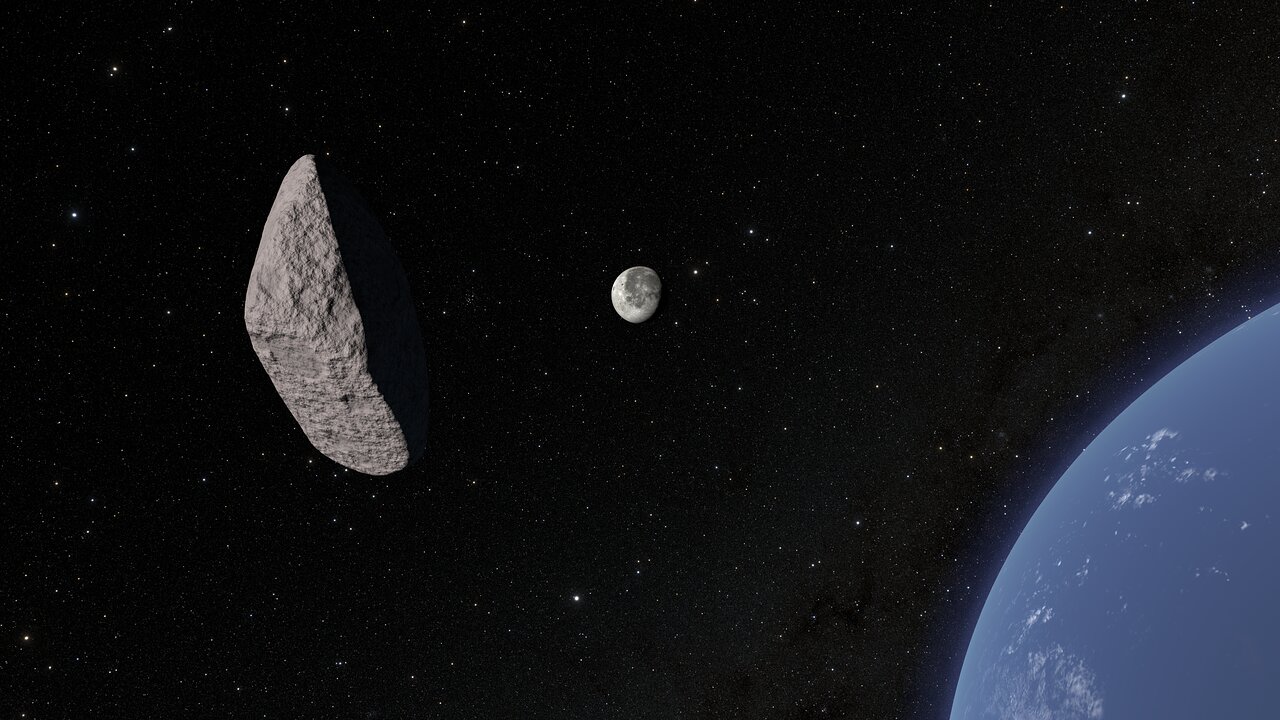Using the Gemini South telescope, astronomers were able to determine the shape and likely region of origin of the near-Earth asteroid 2024 YR4. It could collide with the Moon in 2031.

Asteroid 2024 YR4 was discovered on December 27, 2024. It came to public attention after the publication of preliminary calculations showing that there was a small probability of its collision with Earth in 2031. After that, observatories around the world, as well as the James Webb Telescope, joined the study of the object. The new observations have virtually eliminated the chances of 2024 YR4 falling to Earth. However, there is about a 4% chance that it will collide with the Moon. Such an event would provide unique data that could then be used in planetary defense projects for our planet.
Not surprisingly, scientists continue to actively study 2024 YR4 in an attempt to better understand its properties. The Gemini South Telescope, located in Chile, also took part in the observations. A detailed analysis of the asteroid’s light curve (a graph of light emission over time) allowed the team of astronomers to determine its composition, orbital characteristics and shape.

It appears that 2024 YR4 is most likely an S-type asteroid, meaning it has a composition rich in silicates. Its diameter is estimated at 30-65 meters, making it one of the largest objects in recent history capable of colliding with the Moon. Although unlikely, if 2024 YR4 were affected, it would provide an unprecedented opportunity to study the relationship between the size of the asteroid and the size of the resulting impact crater.
The analysis also showed that the asteroid has a fast rotation period (about one rotation in 20 minutes), as well as an unusual shape resembling a hockey puck. This finding was rather surprising, as most asteroids are thought to be shaped like potatoes or toy tops rather than flat disks.
Based on its orbital characteristics, the team has determined that 2024 YR4 likely originates from the Main Asteroid Belt. It was very likely brought into its current orbit by gravitational interaction with Jupiter. The direction of its retrograde rotation suggests that it may have migrated from the central part of the Main Belt.
This discovery provided very important data for astronomers. Previously, the central part of the Main Belt was not thought to be the source of a significant number of asteroids crossing Earth’s orbit that could threaten our planet.
According to NOIRLab


